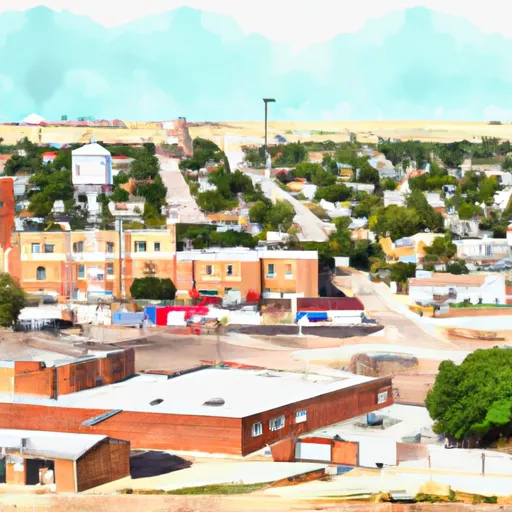°F
°F
mph
Windspeed
%
Humidity











Gorman is a small town located in Eastland County, Texas, with a population of around 1,100 people. The climate in Gorman is classified as humid subtropical, with hot summers and mild winters. The town is located near the Leon River, which is an important source of water for the area. The hydrology constituents of the river include dissolved oxygen, pH, and turbidity. Outdoor recreation opportunities in the area include fishing, camping, and hiking at Lake Leon and the nearby Comanche Peak Wilderness Area. The town also hosts several community events throughout the year, including a Fourth of July celebration and a Christmas parade.
Weather Forecast
Gorman receives approximately 759mm of rain per year, with humidity levels near 74% and air temperatures averaging around 18°C. Gorman has a plant hardyness factor of 8, meaning plants and agriculture in this region tend to thrive here all year round.
Regional Streamflow Levels
3
Cubic Feet Per Second
1
Cubic Feet Per Second
4
Cubic Feet Per Second
2
Cubic Feet Per Second
Nearby Camping
| Camping Area | Reservations | Toilets | Showers |
|---|---|---|---|
| San Saba Golf RV Park | |||
| Ringling Lake City Park | |||
| De Leon Community Park | |||
| Colorado Bend State Park | |||
| Copperas Creek - Proctor Lake | |||
| Lake Daniel City Park |



